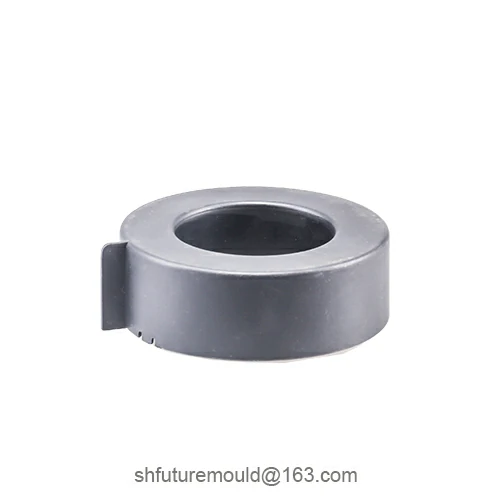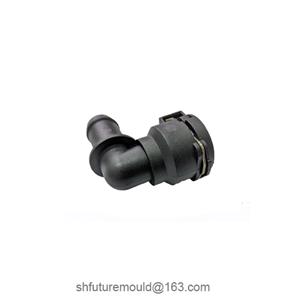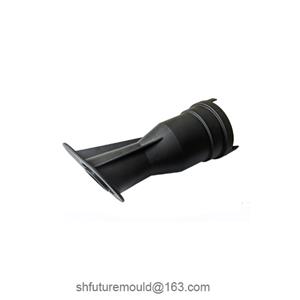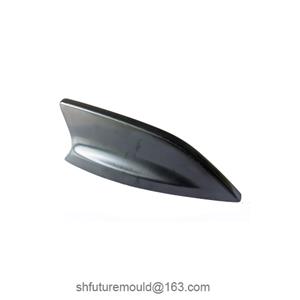Influence of Temperature and Pressure on Viscosity during Injection Molding
The viscosity of a plastic melt reflects its flow resistance and belongs to the characteristics of a non-Newtonian fluid, which is affected by both temperature and shear rate.
1. Effect of Temperature on Viscosity
Rule: Increasing temperature → Enhanced molecular chain activity → Decreased viscosity.
Empirical Formula: η ∝ e^(E/RT) (E is the activation energy, R is the gas constant).
2. Effect of Pressure on Viscosity
Rule: Increasing pressure → Compression of intermolecular gaps → Increased viscosity.
The viscosity increase under high pressure can reach 2-10 times (such as PP's viscosity doubling at 100 MPa).
Engineering Impact: High pressure is prone to filling difficulties, requiring an increase in the clamping force of the injection molding machine.
3. Process Control Recommendations
Melt Temperature: Control within ±10℃ of the material's recommended range to avoid viscosity fluctuations.
Shear Rate Optimization: Balance viscosity and shear heat generation by adjusting the injection speed (such as multi-stage injection).
Mold Temperature Management: High mold temperature can reduce the melt cooling rate and improve the viscosity uniformity of the flow front.
- Injection Mold
- Automotive Injection Mold
- Electronics & Electrical Injection Mold
- Consumer Goods Injection Mold
- Airplane Components Injection Mold
- Medical Components Injection Mold
- Irrigation Components Injection Mold
- Injection Molds




